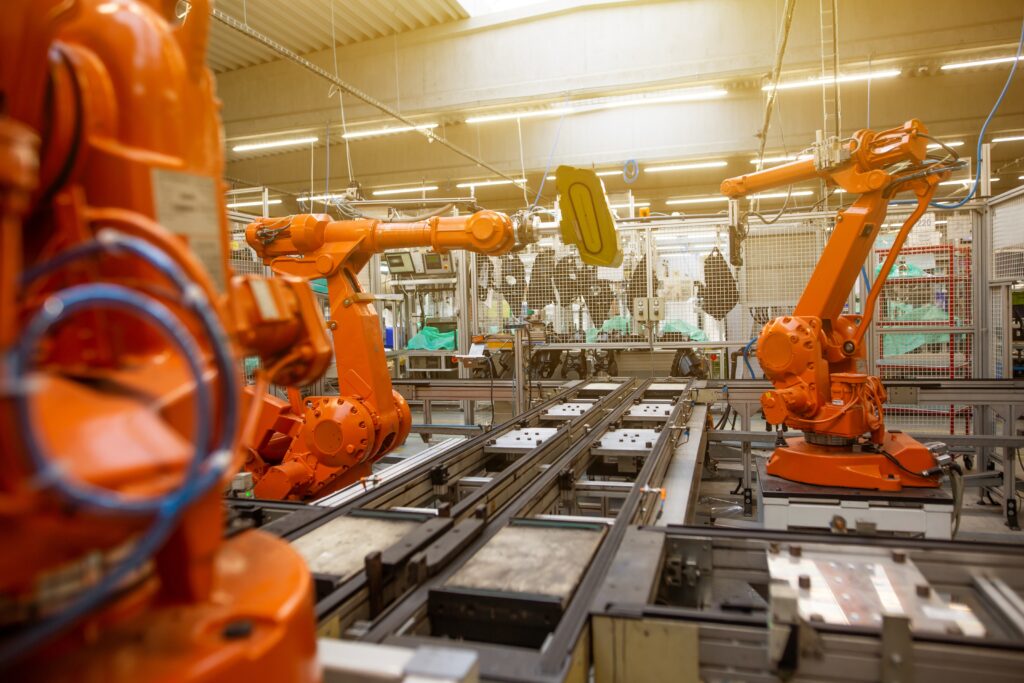In today’s manufacturing landscape, optimizing energy efficiency is paramount for not only environmental responsibility but also operational cost reduction and long-term sustainability. Manufacturers can harness the power of Energy Management Software (EMS), Artificial Intelligence (AI), and the Internet of Things (IoT) to achieve significant improvements in their production processes and the bottom line. Read on for the top energy efficiency tips.
1. Conduct an Energy Audit
Before embarking on energy-efficient initiatives, the first step is to conduct an in-depth energy audit, made even more insightful by the use of advanced technology. Traditionally, this may have involved hiring an energy consultant or working with your utility company to perform a detailed audit. However, Energy Management Software allows manufacturers to comprehensively analyze energy usage, pinpoint areas of inefficiency, and recommend improvements. Coupled with AI and IoT sensors, these audits can provide real-time data and predictive analytics, leading to more precise and timely decision-making.
2. Invest in High-Efficiency Equipment
Upgrading your machinery and equipment to more energy-efficient models can yield substantial savings in the long run. Modern equipment often incorporates advanced technologies that require less energy to operate. Look for machinery with Energy Star or other relevant certifications to ensure you are making wise investments.
Modern equipment often incorporates IoT sensors and AI algorithms, enabling predictive maintenance, remote monitoring, and real-time optimization for energy usage. These smart machines not only reduce energy waste but also help avoid costly downtime.
3. Optimize Lighting
Proper lighting is essential for manufacturing facilities, but it can be a significant source of energy consumption. Switch to energy-efficient lighting systems, such as LED bulbs, which use considerably less energy and have a longer lifespan compared to traditional incandescent or fluorescent lights. Implement sensors and timers to ensure lights are only on when needed.
4. Optimize Production Schedules with Energy Management Platforms
Manufacturers can significantly enhance their energy-saving efforts by leveraging energy management platforms. These sophisticated tools streamline the process of optimizing production schedules, making it easier to coordinate machinery operations effectively. By utilizing real-time data and predictive analytics from these platforms, manufacturers can reduce idle time and energy consumption during downtime with greater precision.
Energy management platforms also facilitate the implementation of just-in-time manufacturing principles, further reducing energy waste and ultimately leading to lower operating costs. By aligning production schedules with energy-efficient strategies, manufacturers can fine-tune their operations to achieve maximum efficiency, all while simplifying the complex task of schedule optimization.
5. Implement Energy Management Software for Real-Time Control
Energy Management Software with IoT integration offers real-time monitoring and control of energy consumption. These systems allow manufacturers to track energy usage continuously, detect anomalies, and remotely adjust operations to optimize efficiency. AI-driven analytics can identify areas where energy consumption can be reduced and provide insights into predictive maintenance opportunities.
6. Train Employees
Your workforce plays a crucial role in energy efficiency. Ensure that your employees are educated and trained to follow best practices for energy conservation. Encourage a culture of energy awareness and provide incentives for employees who come up with innovative energy-saving ideas.
7. Leverage Renewable Energy Efficiency with IoT, Battery Storage, and DERMS Integration
Manufacturers can maximize the benefits of renewable energy sources, such as solar panels, wind turbines, and biomass generators, by incorporating IoT sensors, battery energy storage systems (BESS), and distributed energy resource management systems (DERMS). These integrated technologies work in harmony to enhance the efficiency and sustainability of renewable energy usage.
IoT sensors play a crucial role in this synergy. They continuously monitor real-time energy production from renewable sources, providing manufacturers with immediate insights. However, the integration of BESS allows for the efficient storage of excess energy, preventing it from going to waste. During times of low energy demand or peak production, stored energy can be effectively used, reducing reliance on traditional power sources and further minimizing environmental impact.

